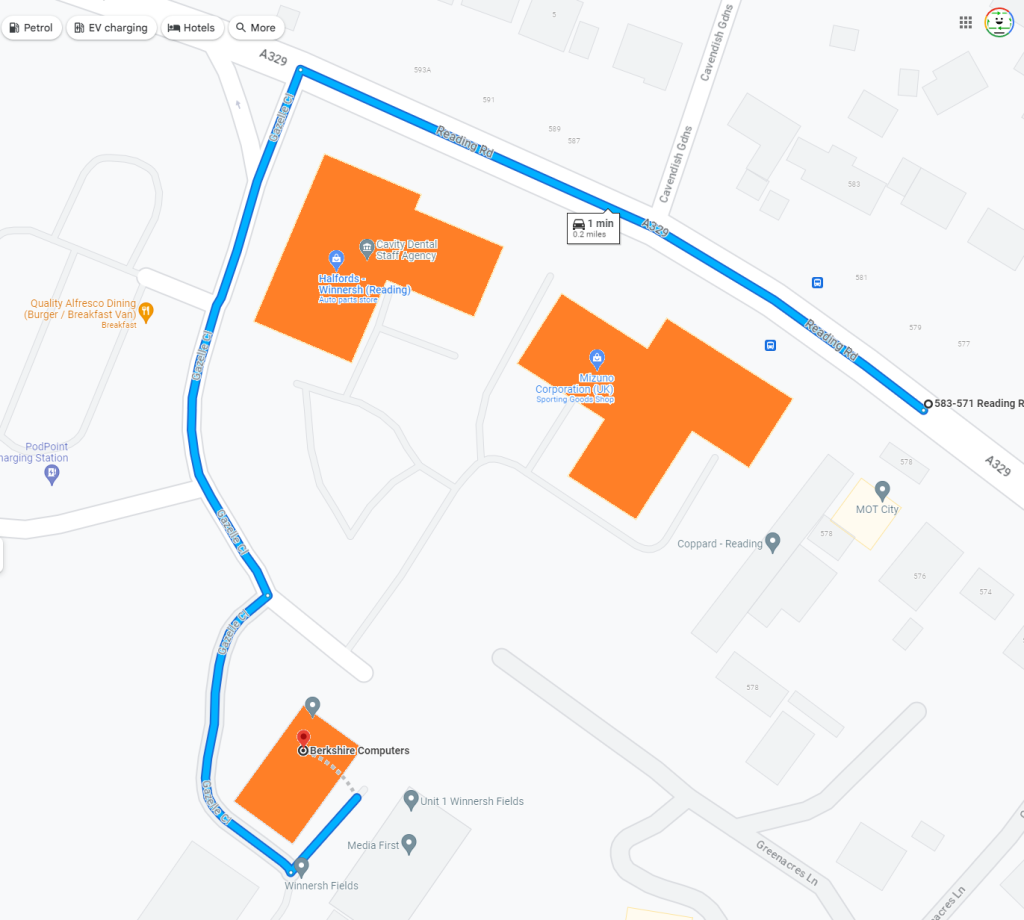Troubleshooting Black Screen Issues on Your PC Monitors
Have you ever been in the middle of an important task on your computer, only to experience an unexpected blackout on your monitors? This frustrating occurrence can leave you feeling helpless, especially when the screens fail to respond despite your best efforts to revive them. If you’ve found yourself needing to hold down the power button to restart your PC after your monitors randomly turn black, you’re not alone.
Understanding the Issue
Many users report similar experiences, where their monitors abruptly lose connection, leaving them staring at a dark screen. This problem can arise for several reasons, and fortunately, there are ways to diagnose and potentially resolve it. Let’s explore some possible causes and solutions to help you regain stability in your computing experience.
Potential Causes
-
Hardware Malfunctions: One likely reason for sudden blackouts could be a failing power supply or issues with your graphics card. These components can overheat or malfunction, causing the displays to shut down unexpectedly.
-
Cable Connections: Loose or damaged cables connecting your monitors to the PC can also lead to sudden screen blackouts. Inspect both the power and data cables to ensure they are securely connected and in good condition.
-
Driver Problems: Outdated or corrupt graphics drivers can interfere with display functionality. Ensuring you have the latest drivers installed might solve the issue.
-
Software Conflicts: Sometimes, specific Software or applications can conflict with system settings, leading to black screens. Consider if the issue arises only during certain tasks or applications.
-
Power Settings: Your computer’s power management settings may be overly aggressive, putting your monitors into sleep mode too quickly or causing them to turn off unexpectedly.
Suggested Solutions
-
Check Connections: Start by examining all physical connections. Ensure that cables are secure and replace any that appear damaged.
-
Update Drivers: Visit the manufacturer’s website to download and install the latest drivers for your graphics card, as keeping drivers current can fix many performance issues.
-
Adjust Power Settings: Navigate to your power settings and adjust the sleep and hibernation settings to see if that stabilizes the performance of your monitors.
-
Monitor Temperature: If heating is suspected, consider cleaning out dust from your PC and ensuring that it has adequate ventilation to prevent overheating.
-
Test with Different Monitors: If possible, connect your PC to a different monitor. This can help determine if the issue is with
Share this content:



